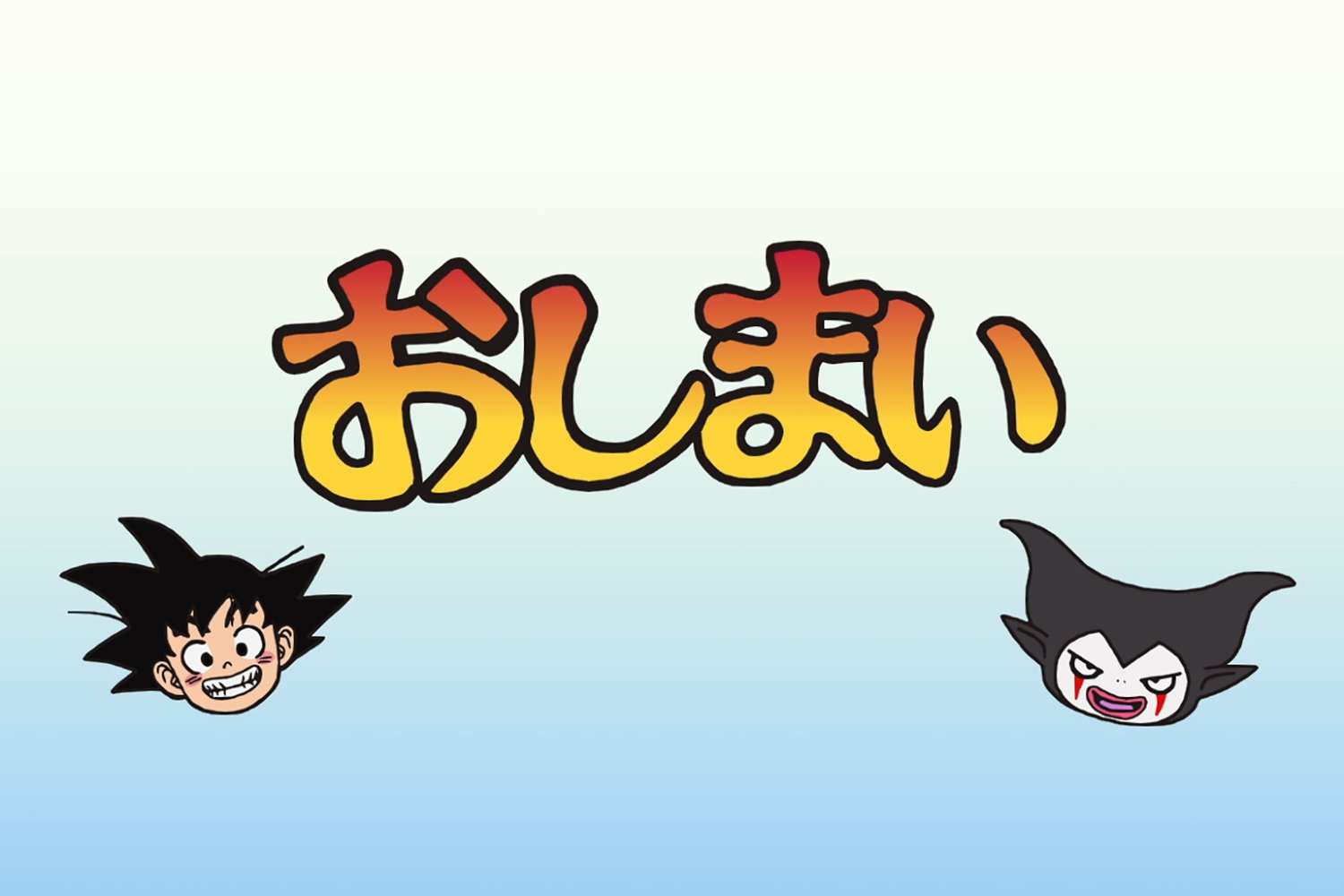
Dragon Ball Daima: A Fitting Farewell to Toriyama’s Legacy
Dragon Ball Daima has concluded its 20-episode run, leaving behind a legacy as vibrant and chaotic as the series it represents. The anime served as both a love letter to long-time fans and a remarkable showcase of animation prowess, securing its place alongside modern action powerhouses. But beyond the spectacle, Daima’s true achievement lies in its role as a poignant conclusion to Akira Toriyama’s monumental 40-year journey with Dragon Ball.
From the moment Daima was announced, fans buzzed with anticipation and speculation. Where did it fit within the convoluted Dragon Ball timeline? What new revelations about the universe would it unveil? The series quickly established its place within the established chronology, situating itself after the Majin Buu saga in Dragon Ball Z, but before the events of Dragon Ball Super.
However, the intricacies of Dragon Ball canon have always been a secondary concern for most fans. Series like GT, Super, and now Daima, have weaved in references and callbacks to previous storylines, creating a loose sense of continuity. Yet, they never felt like direct sequels. Instead, they often resembled spin-offs, driven by either financial considerations from Toei Animation or Toriyama’s desire to course-correct after the infamous live-action movie.
The enduring appeal of Dragon Ball stems from the joy of watching Toriyama playfully experiment with his cast of iconic characters in a series of "what if" scenarios. Daima embodies this spirit perfectly, a wish-fulfillment experience that both the creator and his global fanbase could relish.
While Daima doesn’t meticulously adhere to every detail of the established canon, it subtly enriches the Dragon Ball universe. Toriyama seems to have taken a page from Eiichiro Oda’s book, revisiting and expanding upon forgotten lore from the series’ past. Concepts that were once casually dismissed as simple flavor text to enhance villains are now explored in greater depth.
Daima delves into the demon realm and the origins of Majin, subtly tweaking details to weave a fun and imaginative tale, reminiscent of Goku’s earliest adventures in the original Dragon Ball series. The transformation of Goku, Piccolo, and Vegeta into children, the return of Goku’s power pole, and the trio’s subsequent journey are all infused with the same comedic energy and lightheartedness that defined the beginning of the franchise. Of course, there’s plenty of Super Saiyan fan service sprinkled throughout, offering a delightful blend of nostalgia and modern Dragon Ball action.
The series finale emphasizes this intention. The episode features a climactic hero moment, presented as an extended, dialogue-free action sequence, showcasing the raw power and visual flair that the series is known for. Immediately after, the tension is relieved with a lighthearted gag, paying homage to the unserious humor that defined Toriyama’s work from his Dr. Slump days.
Daima’s conclusion evokes a sense of satisfaction, mixed with a hint of melancholy. It prompts a question: What comes next for the franchise? It is hard to ignore the lingering sense of emptiness that accompanies the end of a posthumous work. Witnessing the continuation of seminal series like Berserk after Kentaro Miura’s passing has been a strange experience. Dragon Ball now faces a similar crossroads, with Toei Animation contemplating whether to continue without Toriyama’s direct involvement.
However, instead of considering the contentious idea of continuing Dragon Ball without its creator, Daima should serve as the franchise’s definitive conclusion. It marks the end of a massively successful series in which Toriyama deliberately moved away from the escalating power levels that his own work had inadvertently popularized in the anime industry. Instead, he took his characters on one final, sprawling adventure filled with humor, thrilling battles, and a deep appreciation for the heart of the Dragon Ball story.
Daima’s success isn’t solely in its plot, character development, or even its animation. It lies in its ability to encapsulate the essence of Dragon Ball – a journey of growth, friendship, and the unyielding pursuit of strength, all wrapped in a package of fantastical adventures and comedic relief. By harkening back to the roots of the series while embracing modern animation techniques and fan expectations, Daima creates a unique experience that is both nostalgic and fresh.
The series understands its audience. It knows what fans want to see: powerful transformations, epic battles, and heartwarming moments between beloved characters. It delivers on these expectations while also adding new elements to keep the experience engaging and surprising. The story, while fitting into the larger Dragon Ball narrative, stands alone as a complete arc, providing a satisfying conclusion to the characters’ journey within this specific context.
In essence, Dragon Ball Daima is a celebration of Akira Toriyama’s genius. It acknowledges his legacy and provides a respectful and fulfilling conclusion to his work. It offers a glimpse into what could have been, while honoring what already is. As such, it should stand as the final chapter in the Dragon Ball saga, a testament to the enduring power of imagination and the profound impact of one man’s creative vision.
Dragon Ball Daima is available for streaming on Crunchyroll, Netflix, and Hulu, offering fans a chance to experience this final chapter in the Dragon Ball saga.
